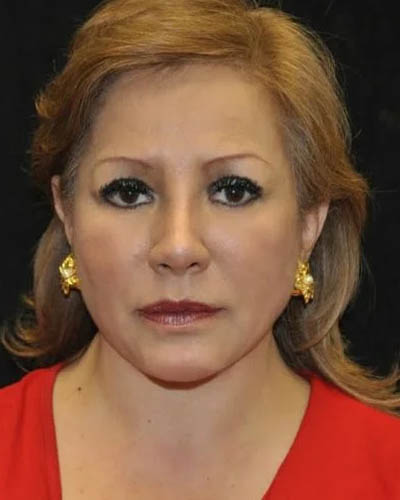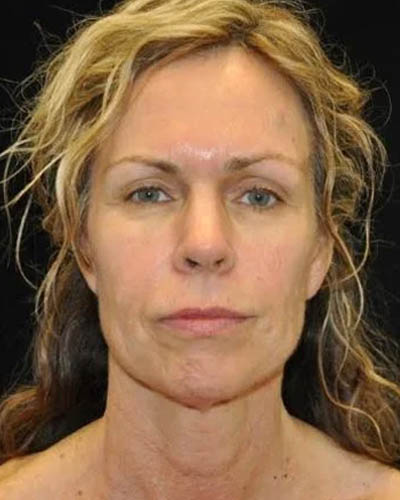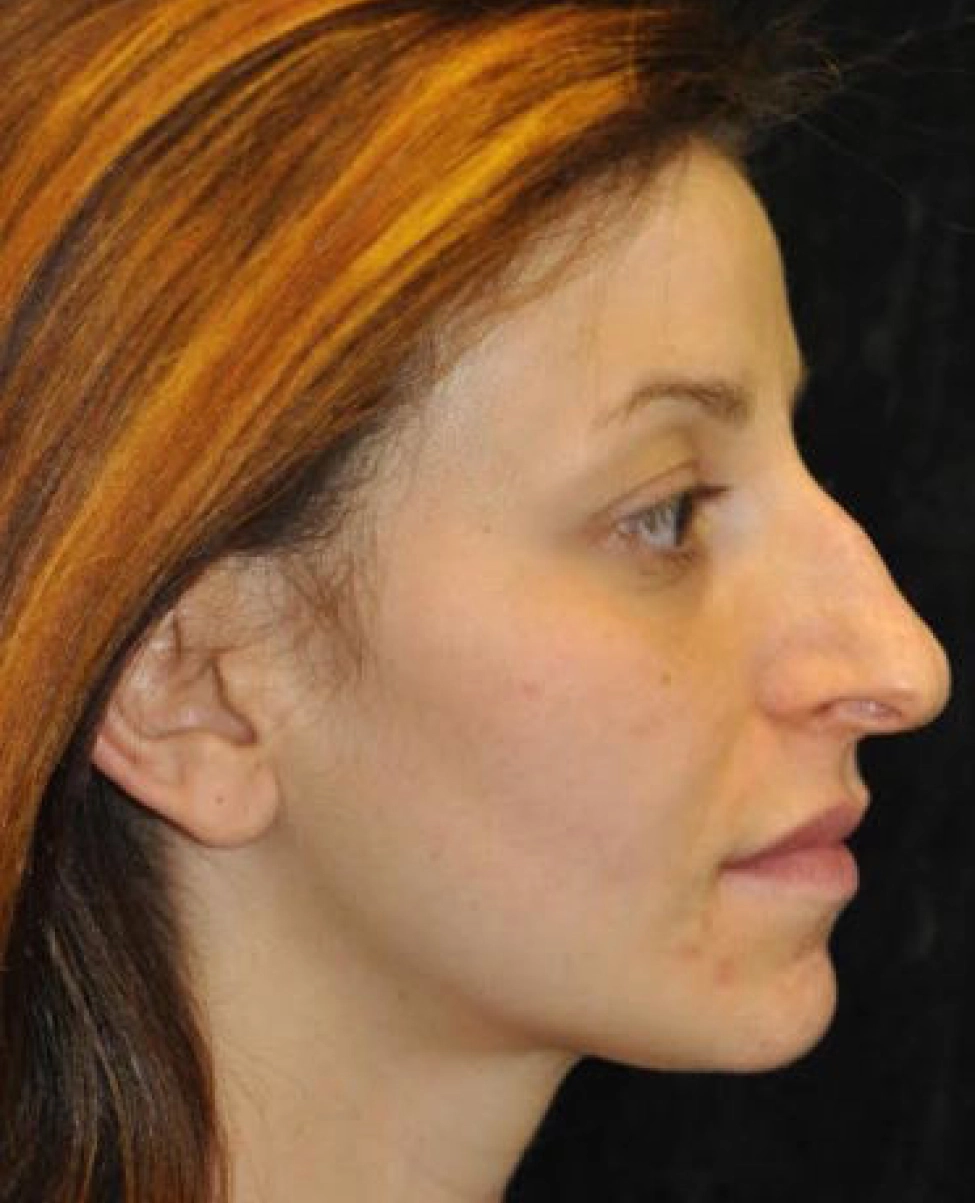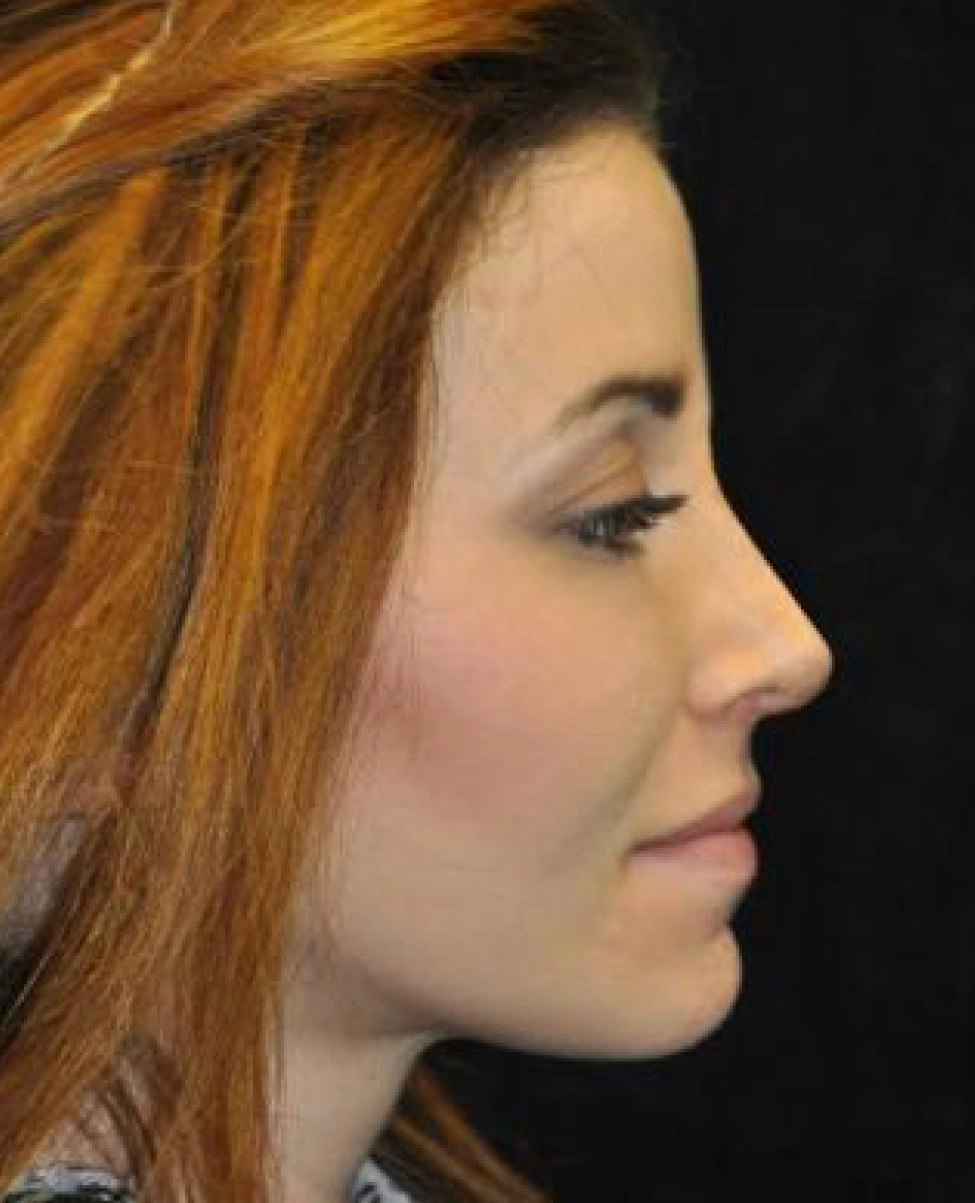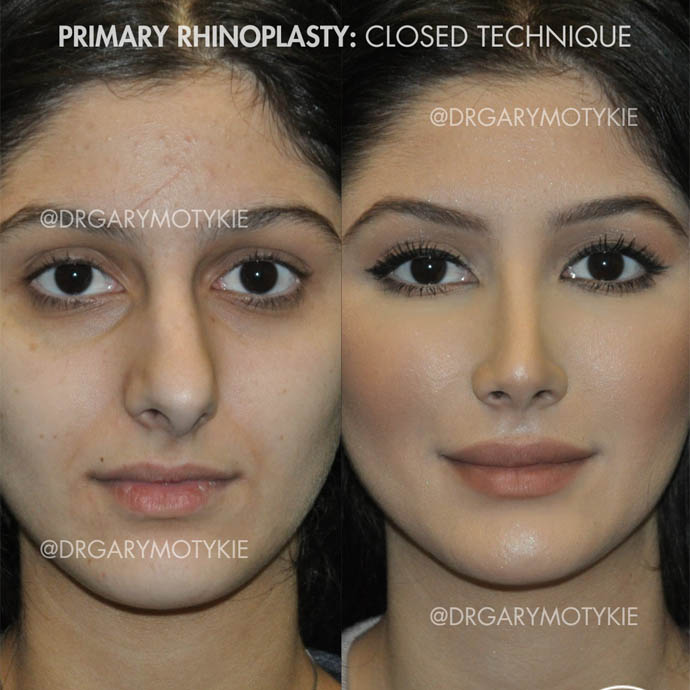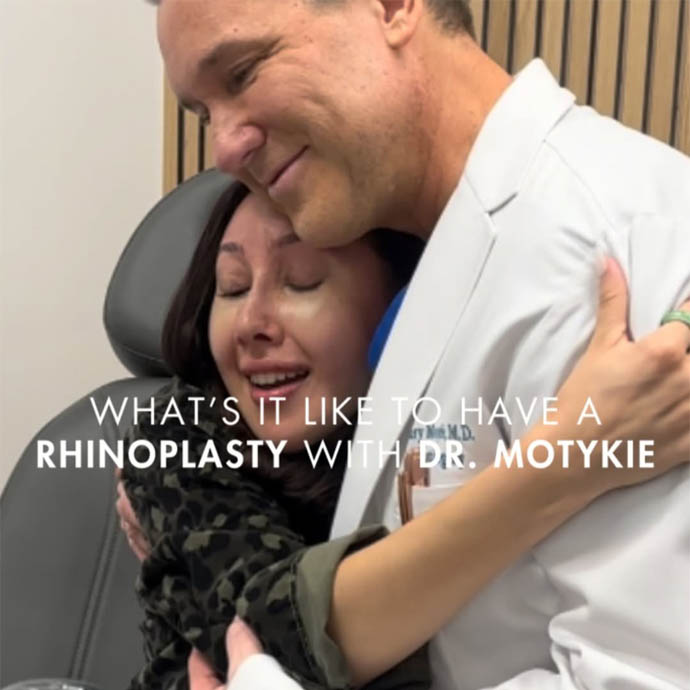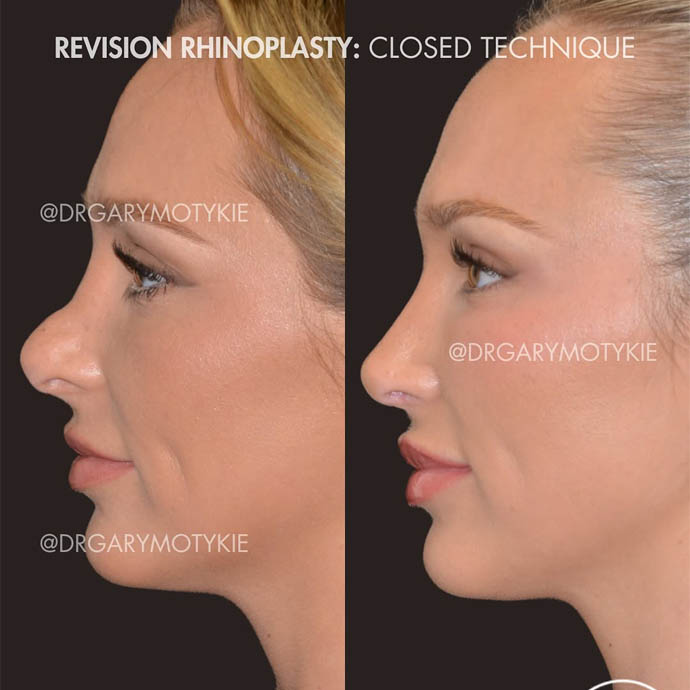- Face
- Breast
- Body
- Motykie Med Spa
- Injectables
- Skin
- Celluma Led Light Therapy
- Chemical Peels
- Hydrafacial
- IPL Photofacial
- Laser Hair Removal
- Laser Skin Resurfacing (Laser Genesis)
- Medical Grade Facials
- Morpheus8
- Microneedling
- PRFM / PRP (EZ Gel)
- RF BTL Exilis
- Spider Veins & Vascular Leisons+ (ExcelV)
- Sun & Brown Spot Removal
- Stem Cell Facelift
- Thread Lifts
- Anti-Aging
- Hair
- About
- Surgery Suite
- Locations
- Gallery
- Resources
- Media
- Consultation
 Some patients may undergo dorsal hump or bump reduction as part of rhinoplasty cosmetic surgery. This condition also has a variation which causes the illusion of a significant bump, known as the pseudo-hump or low radix.
Some patients may undergo dorsal hump or bump reduction as part of rhinoplasty cosmetic surgery. This condition also has a variation which causes the illusion of a significant bump, known as the pseudo-hump or low radix.
The radix is the upper bony part of the nose. Both the radix and underlying cartilage may be substantial creating the appearance of a bump. If the radix is shallow, it can cause a depression and a bump. The cosmetic surgeon can reduce the size of the radix by carefully trimming away small portions.
Seeking that Natural Look
The surgeon may add volume to a depressed area of the nose by sourcing the patient’s cartilage from another nasal site. Augmenting the space right above the radix allows the surgeon to create a straighter slope. Proper radix management is vital to give the nose a natural appearance.
Board certified plastic surgeon Dr. Gary Motykie provides rhinoplasty to patients in Beverly Hills, West Hollywood, Los Angeles, and surrounding locations.
Pseudo-Hump
In case the patient has a pseudo-hump, it means that the radix is not adequately developed and is under-projecting. This leads to a facial profile where the tissue beneath the radix (towards the tip of the nose) seems even more bulbous and fuller than it really is. If the radix bone does not project the overlying soft tissue properly, it causes the appearance of a pseudo-hump.
Correcting an Underdeveloped and Low Radix
The most appropriate treatment for an under-projecting radix is nose plastic surgery with radix tissue grafting. A radix graft can consist of cartilage, fascia, or other soft tissue. It is typically a sculpted cartilage piece, usually taken from the septum. The surgeon places this graft beneath the skin and muscle of the radix where it stays hidden.
The placement of the cartilage graft over the bone where it raises the depressed soft tissue addresses the deficit in the bony structure. This procedure creates a much straighter profile without the requirement to remove any bone or cartilage beneath the radix.
Can you have Weak Radix and a True Hump?
A patient can have both an under-developed radix and a true hump. The benefit of treating these issues together is that the surgeon can undertake a more conservative hump removal.
They will bring the ideal profile line closer to the hump through raising the position of the radix. As a result, the surgeon will have to eliminate a lesser portion of the hump to develop a straighter profile.
The result of this procedure also looks less “surgical” and more natural because of a stronger nasal starting point.
Correcting Radix as Part of Revision Rhinoplasty
The height of the radix is the angle between the frontal and nasal bones of the nose. For balanced and harmonious outcomes, this height should be proportionate to the dorsal height, length, and tip proportionate.
If the radix remains too high, or the graft used during the procedure is too substantial, the nose will have a Romanesque appearance after the surgery. In revision rhinoplasty, the surgeon reduces the radix to its correct and most harmonious proportions in comparison to other nasal aspects and facial features.
Cosmetic surgeon Dr. Gary Motykie receives patients from Beverly Hills, West Hollywood, Los Angeles, and nearby areas for rhinoplasty.
Click here for Virtual Consultation
- To see more services and treatments provided by Board Certified Plastic Surgeon, Dr. Motykie in Beverly Hills | Los Angeles | West Hollywood and his team please visit:

